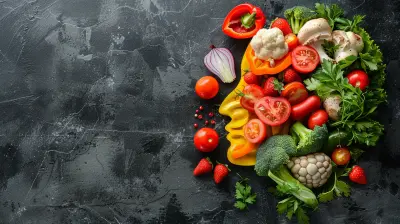How to Build a Balanced Diet on a Budget
7 July 2025
You want to eat healthily, but your wallet disagrees, right? Between rising grocery prices, flashy diet fads, and the myth that wholesome meals cost a fortune, it's easy to feel like building a balanced diet on a budget is impossible.
But here's the good news — it's totally doable, and you don’t have to live off ramen noodles or sacrifice flavor either.
In this guide, I’ll walk you through exactly how to eat well without breaking the bank. We’ll ditch the confusion, keep it real, and stock your pantry with power-packed, budget-friendly foods that actually taste good.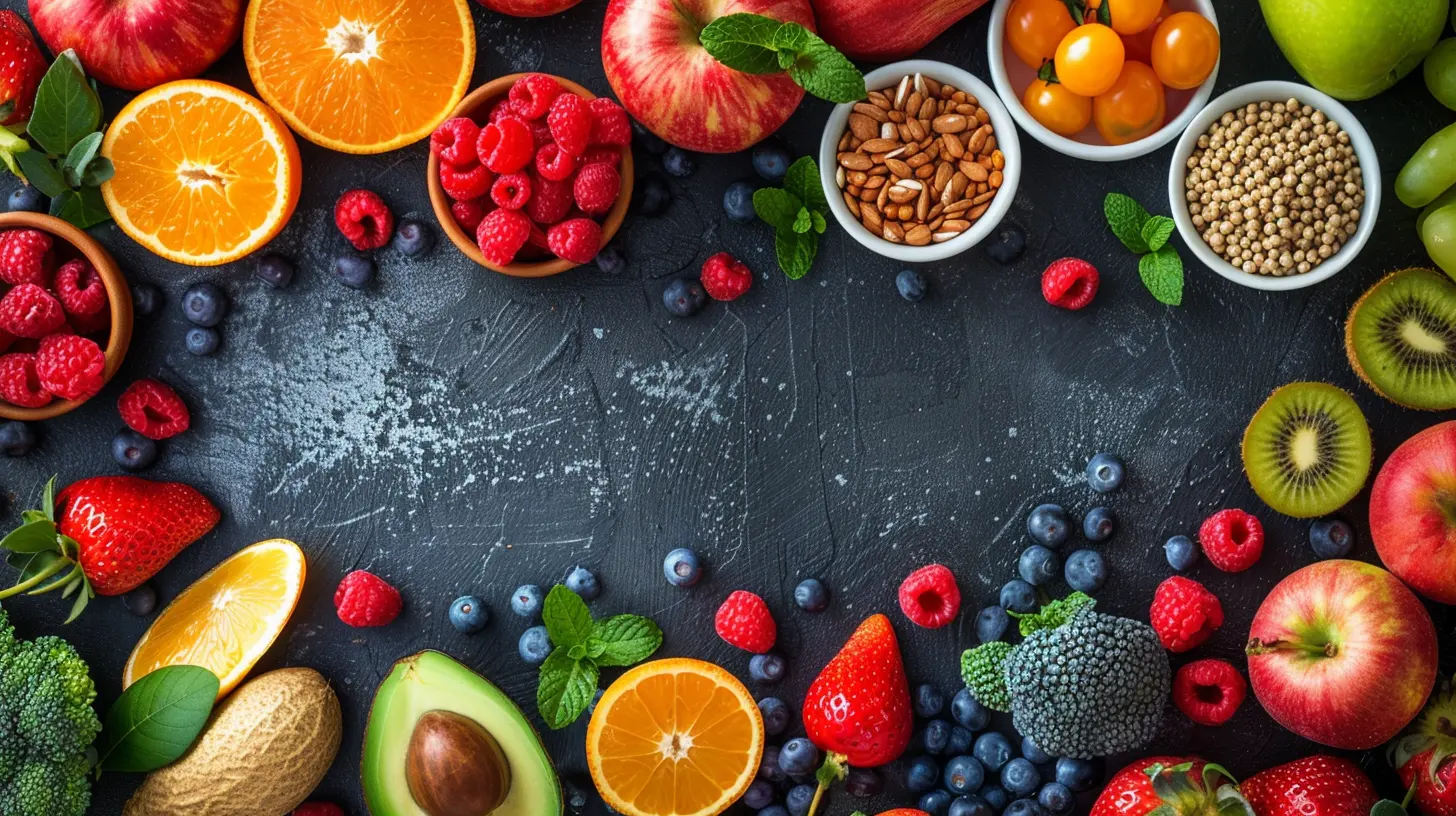
Why Eating Healthy Feels Expensive (But Doesn’t Have to Be)
Let’s be honest — when you think “healthy,” do you picture acai bowls, almond flour pancakes, and $12 green smoothies? That kind of eating looks trendy, but it’s not the only way to do healthy.The truth? A balanced diet is more about nutrient-rich, whole foods than expensive, Instagram-worthy meals.
You don’t need a fancy meal plan or exotic ingredients from the organic aisle. You just need a few smart strategies, a flexible mindset, and a couple of reliable grocery staples.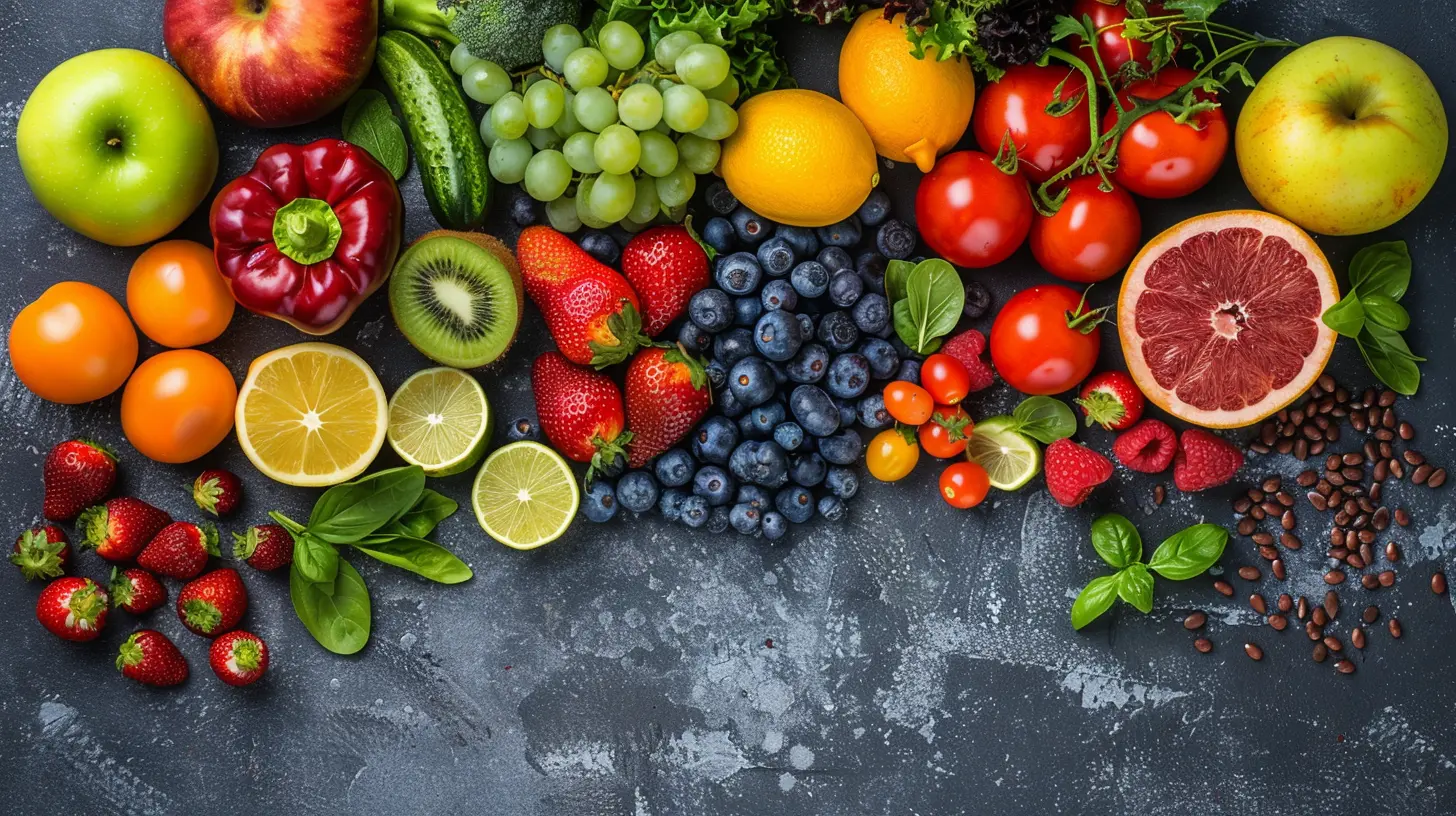
What Does a “Balanced Diet” Even Mean?
Before we dive into how to budget for it, let’s get clear on what we’re aiming for.A balanced diet doesn't mean counting every calorie or cutting out everything you love. It simply means you’re feeding your body the nutrients it needs through:
- Complex carbs – like whole grains, beans, and veggies
- Lean proteins – including legumes, eggs, poultry, and dairy
- Healthy fats – nuts, seeds, avocado, and oils like olive or canola
- Fruits and veggies – especially the colorful kind
- Water – yes, water counts too!
If you can get most meals to include a combination of these elements, you’re on the right track.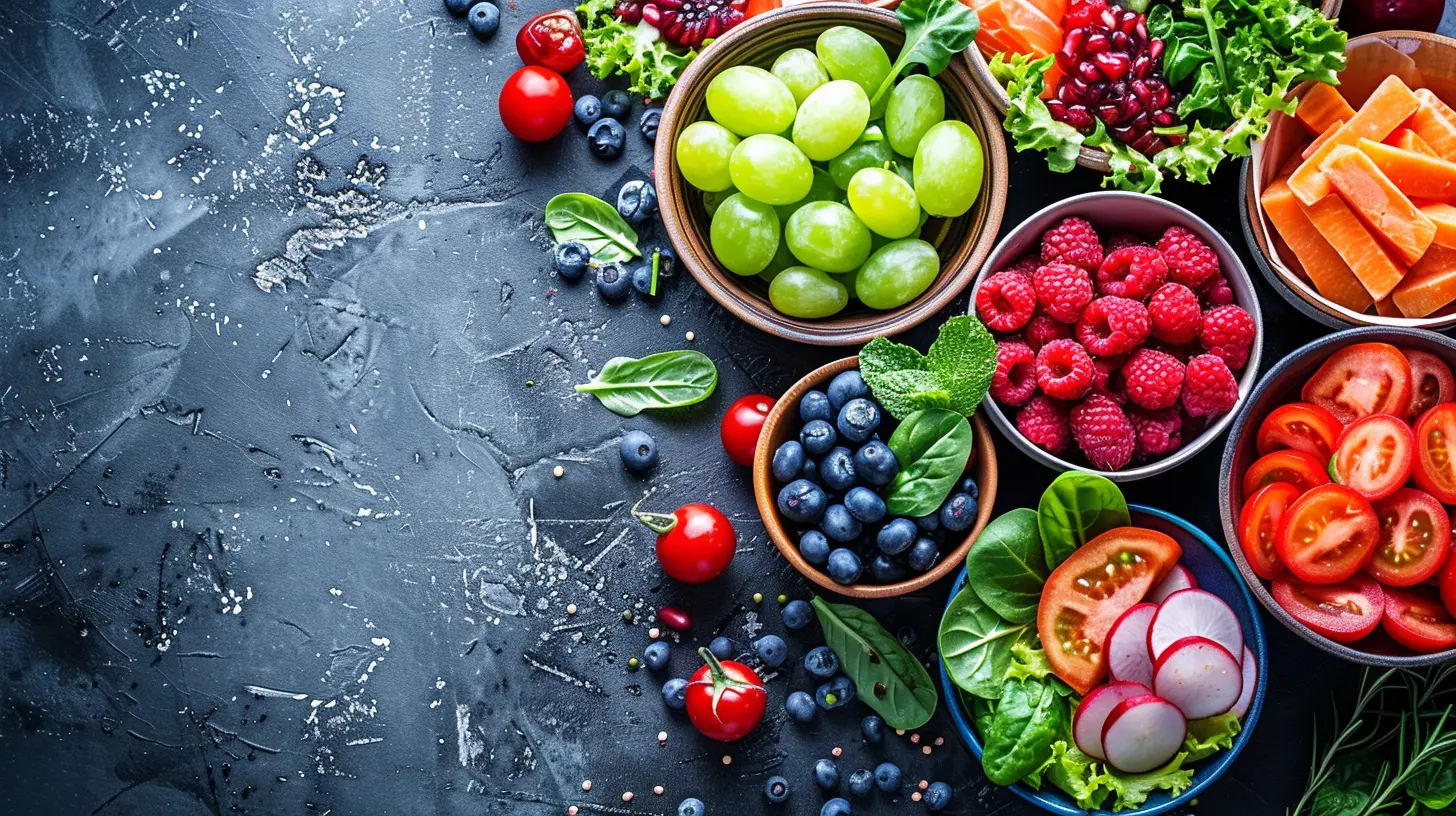
Step-by-Step: How to Build a Balanced Diet on a Budget
Here’s your practical, real-life guide — broken down step-by-step — that shows how to fill your plate and keep your wallet happy.1. Plan Meals Like a Procrastinator With a Deadline
Planning is your secret weapon. You don’t need a spreadsheet or fancy app — a scrap of paper and 10 minutes on Sunday can save big bucks.Ask yourself:
- What do I already have in the fridge or pantry?
- What meals can I make with those?
- What’s on sale this week?
Build your meals around what’s already on hand + what’s cheapest this week. Boom — instant savings.
Quick Tip: Try a "flexible meal plan" — like tacos one night, then use leftover beans for salads or rice bowls later in the week. Cook once, eat twice.
2. Embrace the Power of Whole Ingredients
Processed foods might seem cheap up front, but they’re actually sneaky budget drainers. Why? You pay more for convenience and get less nutrition.Instead, stock up on simple, versatile foods like:
- Brown rice
- Lentils
- Canned beans
- Pasta
- Frozen vegetables
- Oats
- Eggs
- Sweet potatoes
These are your budget superheroes — they’re cheap, filling, and packed with nutrients.
Pro Move: Buy store-brand items. They’re usually made in the same factories as name brands, just with different packaging.
3. Shop Smart (No, You Don't Need to Coupon Like Crazy)
You don’t have to turn into a coupon warrior to save big. But a few shopping tricks can stretch your dollars like magic.Shop Outside the Aisles: That’s where the freshest, least-processed food lives (think produce, dairy, meat). The middle aisles are where pricey, processed stuff hides.
Buy in Bulk: Grains, beans, and spices are way cheaper in bulk. If you’ve got storage space, stock up when things are on sale.
Go Frozen (Not Junky Frozen): Frozen fruits and veggies are just as nutritious as fresh ones — and often cheaper. Plus, they last way longer.
Compare Price Per Unit: Don't just look at the sticker price. The cost per ounce or unit tells you what’s really the better deal.
4. Prioritize Nutrient Density
Here’s a trick: always ask, “What am I getting for my money?”A 99-cent bag of chips might seem cheap, but it offers zero nutrients and disappears in one sitting. Compare that to a $1 bunch of bananas or $2 bag of brown rice that feeds you for days.
Choose foods that give you the most nutritional bang for your buck — high in fiber, protein, and vitamins.
Foods like:
- Spinach
- Canned tuna
- Peanut butter
- Lentils
- Eggs
- Carrots
- Whole wheat bread
They fill you up, support your health, and don’t empty your wallet.
5. Cook at Home (Even If You “Can’t Cook”)
Get this — the average restaurant meal costs 2-4 times more than cooking the same meal at home.If you’re not a kitchen pro, that’s totally fine. Start simple: think stir-fry, soups, one-pot meals, or sheet-pan dinners.
Even scrambled eggs with veggies and toast counts as a solid, balanced meal.
Here’s the key: make extra. Leftovers save you from grabbing takeout the next day — and you get more meals for the same effort.
6. Cut Down on Food Waste
Did you know the average person throws out almost 30% of the food they buy?That’s like tossing $30 out the car window for every $100 spent at the store.
Here’s how to waste less:
- Plan meals using perishables first
- Store fruits and veggies properly
- Freeze leftovers or extra produce
- Get creative with scraps (veggie stir-fry, soup stock, banana bread)
Saving food = saving money.
7. Eat Out Less — But Don’t Deprive Yourself
Let’s be real. We all need a break from the kitchen sometimes. But eating out constantly destroys both budget and nutrition.Try to limit it to once a week, and when you do go out:
- Look for healthier menu items
- Share meals (portions are huge anyway)
- Skip the extras (appetizers, sodas)
You’ll still enjoy it — without the guilt or price tag.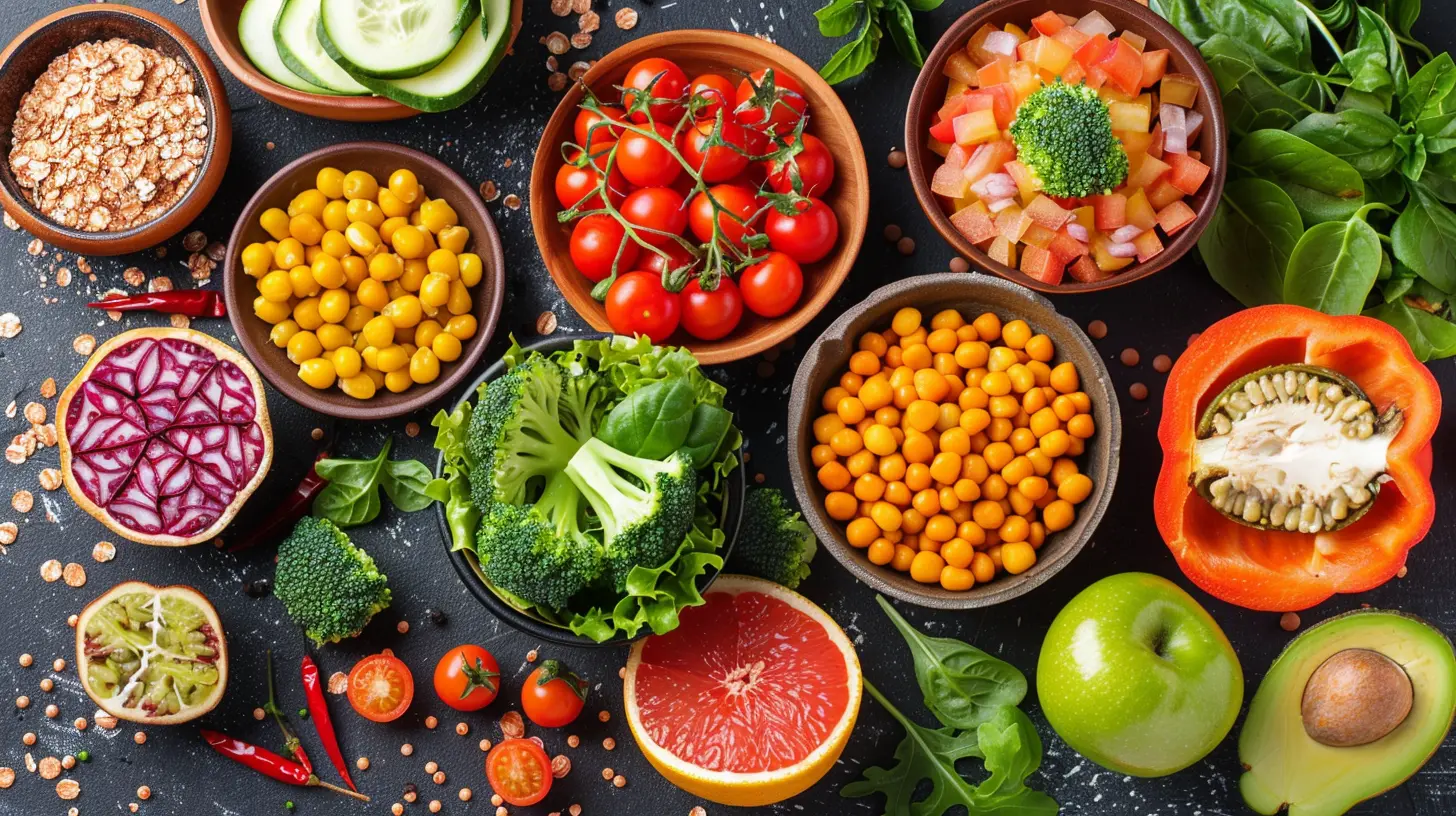
Sample $40 Weekly Budget Meal Plan
Want a little inspiration? Here’s a simple 7-day meal idea plan for one person that’s nutritious, balanced, and super budget-friendly.| Meal | Example |
|------|---------|
| Breakfast | Oatmeal with bananas & peanut butter |
| Lunch | Brown rice with black beans, frozen veggies, olive oil |
| Dinner | Stir-fry with eggs, cabbage, carrots, soy sauce over rice |
| Snacks | Hard-boiled eggs, apples, popcorn, carrots with hummus |
Estimated weekly cost: ~$35–$45 (varies by location)
Can You Eat Healthy on $5–7 a Day?
Absolutely. It just takes some planning, basic cooking skills, and realistic expectations. Will every meal look gourmet? Nope. But it’ll be satisfying, nourishing, and budget-friendly.Truth is, eating well on a budget doesn’t mean you’re “missing out.” It means you’ve become a smart, savvy eater.
You’re skipping overpriced trends and going straight for what works.
And honestly? That’s pretty badass.
Final Thoughts: Small Steps = Big Wins
You don’t need to overhaul your whole diet overnight or swear off restaurants forever. Just start small. Switch to brown rice. Cook one extra meal at home this week. Add a veggie to lunch.Every little change adds up — in savings and in health.
Eating well on a budget isn’t just possible — it’s empowering. You’re taking control of your health without throwing your finances out the window.
So go ahead, grab that shopping list, and show your budget who’s boss.
all images in this post were generated using AI tools
Category:
Healthy EatingAuthor:

Eileen Wood
Discussion
rate this article
1 comments
Emery Carr
Great article! Building a balanced diet on a budget is not only achievable but essential for overall health. Utilizing seasonal produce, planning meals, and incorporating whole grains can make nutritious eating both affordable and delicious. Thanks for sharing these practical tips!
July 28, 2025 at 2:58 AM

Eileen Wood
Thank you for the feedback! I'm glad you found the tips helpful for healthy eating on a budget. Happy cooking!

